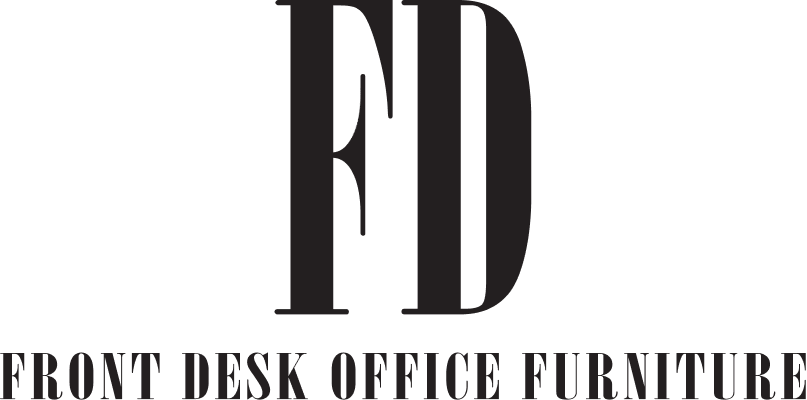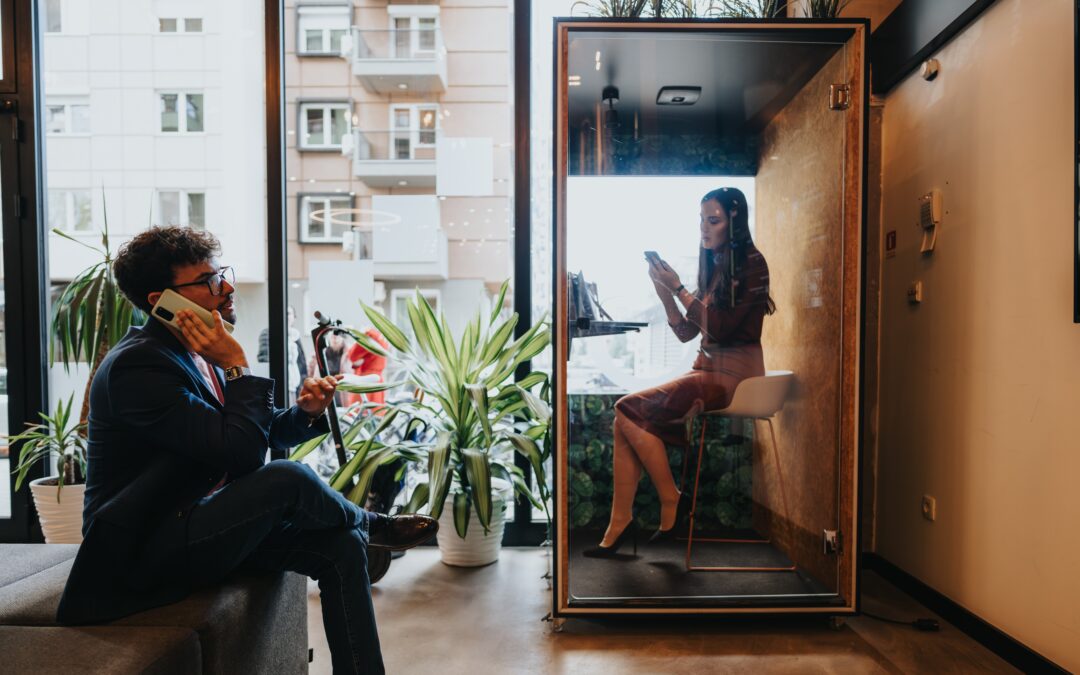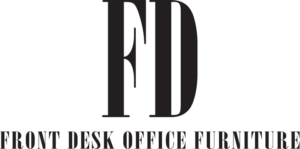In the contemporary workplace, the design of office furniture serves a multifaceted purpose, extending beyond mere aesthetics. It encompasses functionality, productivity, and the well-being of employees. One often overlooked yet crucial aspect gaining prominence is the role of acoustics. Acoustic design in office furniture isn’t solely about minimizing noise but also about fostering privacy and enhancing concentration in bustling work environments.
The Importance of Acoustics
Traditional office setups often suffer from noise pollution, including the constant hum of conversations, ringing phones, and clicking keyboards, disrupting focus and productivity. Acoustics become vital in counteracting this issue. Through the strategic integration of sound-absorbing materials and innovative design principles, office furniture acts as a barrier against unwanted noise, cultivating an environment conducive to work.
Promoting Privacy With Acoustics
In open-plan offices, privacy is a significant concern as employees work in close proximity. Lack of privacy can lead to distractions and hinder productivity. Acoustically designed furniture addresses this challenge by creating zones of privacy within an open space, allowing individuals to concentrate without feeling exposed or interrupted by nearby activities.
Key Elements of Acoustic Design
- Material Selection: Acoustic furniture incorporates materials with sound-absorbing properties, such as foam, fabric, or acoustic panels, which reduce reverberation and minimize noise levels.
- Partitioning Systems: Modular furniture systems equipped with sound-absorbing panels or screens can be configured to create private workstations or collaborative areas, offering flexibility while maintaining acoustic comfort.
- Seating Solutions: Chairs and sofas with built-in acoustic properties, like high backs or integrated sound-absorbing materials, provide users with a sense of enclosure, enhancing privacy and concentration.
- Desk Dividers: Acoustic desk dividers or screens create visual and auditory separation between workstations, reducing distractions and promoting focused work.
- Meeting Pods and Hubs: Enclosed meeting pods or acoustic hubs offer a quiet space for meetings, discussions, or focused work, shielding occupants from external noise and distractions.
- Innovative Design: Furniture designers incorporate techniques such as geometric shapes and asymmetrical patterns to optimize sound diffusion and absorption, further enhancing the acoustical performance of office furniture.
Conclusion
Prioritizing acoustics in office furniture design contributes to a more comfortable and productive work environment. Enhanced privacy and reduced noise levels foster improved concentration, creativity, and overall job satisfaction among employees. Investing in acoustically designed furniture not only demonstrates a commitment to employee well-being but also positively impacts recruitment and retention efforts. As the demand for open-plan offices rises, integrating acoustic solutions into furniture design becomes increasingly essential for creating functional, productive, and employee-centric workspaces.
Our customer satisfaction is higher than our competitors such as Dallas Desk. Contact us today for your office furniture needs in DFW!


